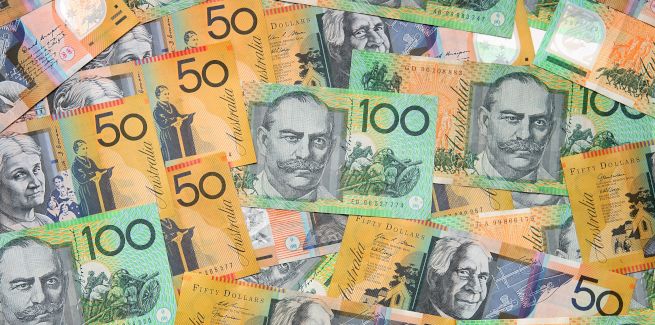According to the Australian Prudential Regulation Authority’s (APRA) latest quarterly authorised deposit-taking institutions (ADI) statistics, the banking sector’s collective net profit after tax totalled $26.2 billion as at 30 June 2020, down 23.5 per cent from $34.2 billion in the previous corresponding period.
The earnings hit was underpinned by a spike in charges for bad or doubtful debts off the back of the COVID-19 crisis, up 176 per cent, from $4.3 billion in the year ending 30 June 2019 to $11.9 billion.
Total provisions also increased from $12.4 billion to $15.3 billion, in anticipation of a future deterioration in credit quality.
Offsetting the sharp rise in COVID-related costs was strong home lending growth over the period.
The ADI sector’s collective mortgage portfolio grew 3.3 per cent, from $1.69 trillion to $1.74 trillion, bolstered by a $25 billion increase in new lending, from $86.8 billion in the 12 months to 30 June 2019 to $111.9 billion.
Owner-occupied settlements grew 31.1 per cent over the period, from $58.6 billion to $76.9 billion, while investor lending grew 24.1 per cent, from $25.9 billion to $32.2 billion.
Home lending breakdown
Banks reduced their exposure to interest-only loans over the 12 months to June 2020, down from 20.2 per cent ($17.6 billion) of all settlements to 17.8 per cent ($20 billion).
However, the share of settlements with a loan-to-value ratio exceeding 95 per cent increased, from 1.2 per cent ($1.1 billion) to 1.6 per cent ($1.8 billion).
The proportion of loans with a debt-to-income (DTI) ratio above six also increased, from 14.1 per cent ($12.3 billion) to 15.5 per cent ($17.4 billion).
Meanwhile, a larger share of new loans settled over the 12 months to 30 June 2020 were originated via the third-party channel, up from 49.5 per cent ($43 billion) to 52.4 per cent ($58.7 billion).

